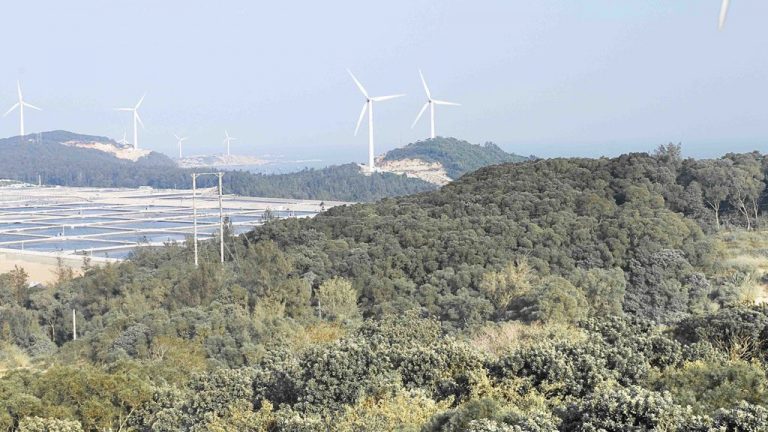DER technologies have rapidly sprung up in recent years and continue to mature
It’s no secret to the general public that the power grid, and the power industry behind it, are undergoing the greatest transformation since its inception well over a century ago. Much of the change has been driven this decade by the rise of distributed energy resources (DERs). DER technologies have rapidly sprung up in recent years and continue to mature – technologies such as distributed generation (e.g., solar PV and wind), demand response, electric vehicle fast chargers (not only cars but the electrification of buses, rail, ports and fleets), energy storage (BESS, mechanical storage like flywheels, and thermal storage), microgrids (which facilitate renewable generation, storage and grid resiliency), energy efficiency, and virtual power plants.
These resources all connect to the grid at the distribution level. And as the penetration of DERs increase, the distribution network changes from a single-source radial network to a multi-source grid, meaning utilities must maintain voltage limits, watch for short circuit interruption limits and maintain the interconnected network’s stability, as DERs make the whole process more complex and challenging. While DER deployments still account for only a small fraction of installed generation capacity, they are growing fast, and their potential is undeniable, presenting both opportunities and challenges. On the positive side, there are many benefits, such as reduced environmental impact, deferred capacity upgrades, optimized distribution operations, lower emissions, grid flexibility, expanded demand response capabilities, optimized distribution operations, improved power system resiliency, and customer choice, since in some cases DERs are located […]
Click here to view original web page at www.abb-conversations.com

